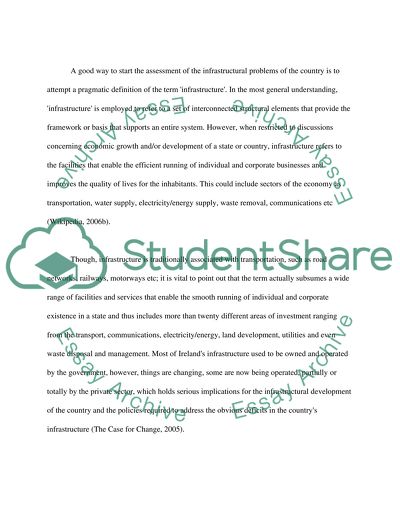Cite this document
(“The Gap In Irelands Infrastructure And What Is Done To Close It Essay”, n.d.)
The Gap In Irelands Infrastructure And What Is Done To Close It Essay. Retrieved from https://studentshare.org/miscellaneous/1506011-the-gap-in-irelands-infrastructure-and-what-is-done-to-close-it
The Gap In Irelands Infrastructure And What Is Done To Close It Essay. Retrieved from https://studentshare.org/miscellaneous/1506011-the-gap-in-irelands-infrastructure-and-what-is-done-to-close-it
(The Gap In Irelands Infrastructure And What Is Done To Close It Essay)
The Gap In Irelands Infrastructure And What Is Done To Close It Essay. https://studentshare.org/miscellaneous/1506011-the-gap-in-irelands-infrastructure-and-what-is-done-to-close-it.
The Gap In Irelands Infrastructure And What Is Done To Close It Essay. https://studentshare.org/miscellaneous/1506011-the-gap-in-irelands-infrastructure-and-what-is-done-to-close-it.
“The Gap In Irelands Infrastructure And What Is Done To Close It Essay”, n.d. https://studentshare.org/miscellaneous/1506011-the-gap-in-irelands-infrastructure-and-what-is-done-to-close-it.


